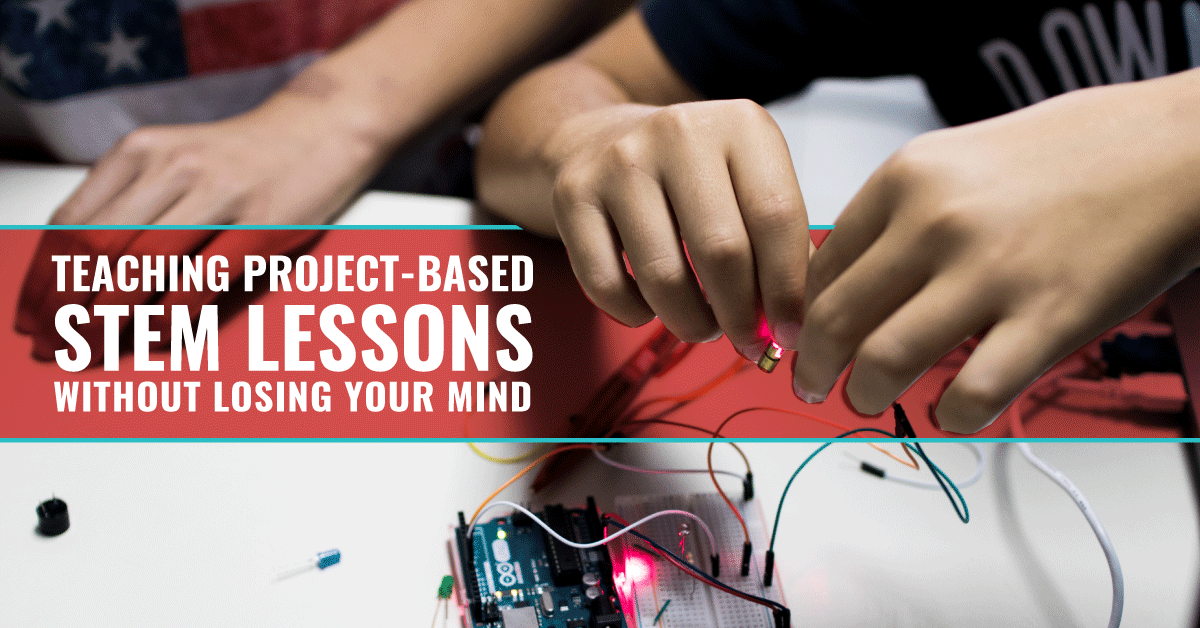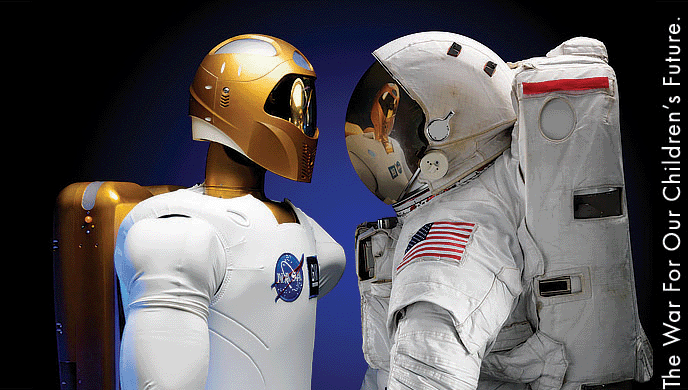One of the best ways to get kids interested in STEM subjects is by creating a project-based curriculum.
However, it’s all too easy to get a little overwhelmed with this kind of approach, which is why you need all the resources you can get.
Fortunately, we’ve created a webinar with STEM.org that can help you make the most of your STEM projects. Whether you’re trying to teach a handful of kids or dozens of them, we give you the tools and the know-how to make your curriculum a success.
Let’s take a look at the various elements of the webinar and how they can impact your teaching capabilities.
Webinar Highlights
Student Engagement (6:40-17:10)
One significant challenge that instructors face is getting their pupils to stay engaged with the course material. STEM can be a little cerebral for some students, which is why you want to make sure that they’re connecting with it on a more personal level. Instead of focusing on the details, help them understand how STEM can apply to everyday life.
Real-World Applications
Consider how STEM subjects affect the world around us, and how knowledge of these industries can help us shape and improve the problems we face.
Customize Your Content
Instead of teaching kids about STEM with lab experiments or other projects that can be a little intimidating, tailor your plan around things in which they show interest. How do STEM subjects interact with the world of zombies? What about how it affects skateboarding? Personalization will breed engagement.
Make it Competitive
Listening to a lecture is nowhere near as fun as competing against other teams. You can make STEM projects as simple or as complex as necessary, as well as encourage teamwork. For example, have students work together to build a bridge.
Learning Styles
Another element we discuss is how students learning styles can affect their engagement. Some examples of different styles include Visual, Auditory, and Kinetic (physical) learning. Understanding how your students learn information can help you tailor your projects to suit their strengths, which will also help them get more involved.
Mentioned Resources:
National Academy of Engineering Grand Challenges
Engineering Everywhere Curriculum Units
Time (17:11-37:30)
Because they can be complicated, STEM subjects benefit from having enough time to delve into the various details about the project – why it works, what you’re trying to achieve, etc. However, as we all know, time is almost never on our side, particularly when it comes to education.
Thus, if you want to make the most out of every minute you have, here are some ways to maximize productivity.
Setup
Having the space set up and ready to go with each class or set of students will enable them to jump into the project.
Storage
Overall, organization is critical to making your time work smarter. Label storage containers with exact details so that nothing is missing and everything is there for the group so you can minimize time spent tracking them down. Also, by making students responsible for their own project storage, you can limit the number of mistakes and messes created.
Time Management
kids can be rowdy, which impacts how well you can manage your time with them. The best thing to do is maintain discipline and stick to your schedule. It may take a little extra time at first to get them on board, but it will pay off in the long run.
Roaming
When teaching projects, you have to take a personal approach. Learn how to roam around the room and answer questions for each team and bake that into your schedule.
Another thing to figure out is a way to provide information resources for students so that time isn’t wasted waiting for you to come over to them. The more resources they have, the easier it is to be efficient.
Educational Value (37:31-54:10)
You could spend hours and hours on a STEM project, only to have the lessons involved mean little to the students participating. This means that you have to be sure that your curriculum is valuable enough to provide the right kind of STEM education.
Not only will this help with engagement and time management, but it will ensure that your students are better prepared for the real world of STEM.
STEM Lesson Checklist
One excellent way to be sure that your project-based curriculum is following proper procedures is to follow a checklist. The core components should include-
- Aligned to the Specific Grade Level
- Multidisciplinary
- Addresses Authentic Challenges
- Integrates Modern Skills
- Has More Than One Solution
- Uses an Engineering Design Process
- Hands-On Learning
- Incorporates Technology
If you can develop a lesson plan that hits all of these items, you know that you’ve found a winning curriculum for both you and your students.
Mentioned Resources:
Budget (54:11-1:04)
Finally, while it would be nice to have access to the latest maker spaces and technology for your students, the reality is that you’re going to have to fight for every penny you spend.
For many people, fundraisers and grants are the go-to options for raising money, but what about some more clever solutions?
Public-Private Partnerships
Chances are that there are local companies that are already involved in the world of STEM. Reach out to them to see if they’re interested in supporting your curriculum, either through sponsorship or donations. For example, you may work with a solar company to teach students how to utilize solar power to operate their project.
Chambers of Commerce
Economic development is at the heart of any local community, and STEM projects can not only show students the science side of the world but how to be entrepreneurial as well. When students see how they can build things from scratch, it can inspire them to do the same with businesses. Talking to your local chamber of commerce about the economic side of STEM can help you get their resources for fundraising and create awareness in your community.
Offered Opportunities (1:15 – 1:20)
At the end of this webinar, STEM.org and Creation Crate offer an opportunity to receive subsidized projects and teacher training.
The case study will analyze project-based STEM education lessons.
Can they help students retain more learning?
Is project-based learning more appropriate for students learning styles?
Just how much better can students perform in STEM fields with the help of project-based learning?
If you are interested in being part of this case study, go to our Classroom Kit page and fill out a quote informing us that you are interested!



